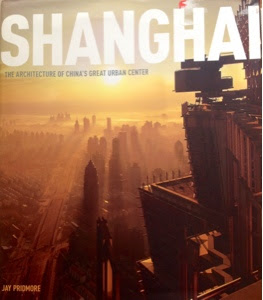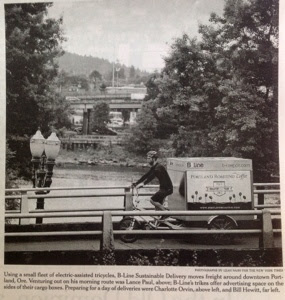I recently watched the excellent “Frontline” documentary “Two American Families” which followed two families from 1992 onward in Milwaukee as they struggled to stay middle class. The movie started with the main breadwinners in each family losing solid middle class union jobs and then starting an odyssey of lower wage jobs with no benefits, often during non-standard hours (the night shift).
While the families struggled, I actually was more interested in their children than the parents who were ostensibly the “stars” of the film. As the parents worked (both parents had to join the work force to make up for the lost wages) the children (three from one family, five from the second family) had to look after themselves since they were often left home alone after school.
While in New York City on the subway I came across these billboards which warned (potential?) single mothers very directly that if they had a child out of wedlock they faced a high chance of being a single mother and in poverty. The sign I saw had the quote:
If you finish high school, get a job, and get married before having children, you have a 98 percent chance of not being in poverty
From the results of the documentary, one of the children finished a four year college, and he appeared to be the most successful of the 8 kids they followed up on. Earlier in the documentary they showed him (his name was Keith) in college, struggling to get by and pay tuition bills on a credit card. Keith was not married and did not have children and in interviews stated pretty flatly that he didn’t want to get married and have a child until he was ready to support them. A second child went into the navy and was there for many years, before leaving and then re-enlisting as a private contractor in Afghanistan since he couldn’t find work in Milwaukee. A third kid (a woman) got an associates degree and (miraculously) did not get pregnant, and she was doing OK as a medical biller at a hospital in Milwaukee.
The other children didn’t seem to graduate high school or did and then didn’t go to college. Many of them had multiple children themselves (without getting married) from a variety of different partners. One of them was married (the girl who got an associates’ degree) but she was married to a guy who was out of work.
Each of these children, who were the real legacy of the troubles cited in the documentary, fell right into that concept that if you finish high school, get a job, and get married, you won’t live in poverty. One slight “tweak” to this rule might be to marry a spouse who works themselves or has some capacity to be a positive parent; some of the partners were obviously sulking or already disgruntled at an early age. Nowhere in the documentary did they directly point this out, although it was the central lesson from the film.
Cross posted at LITGM


